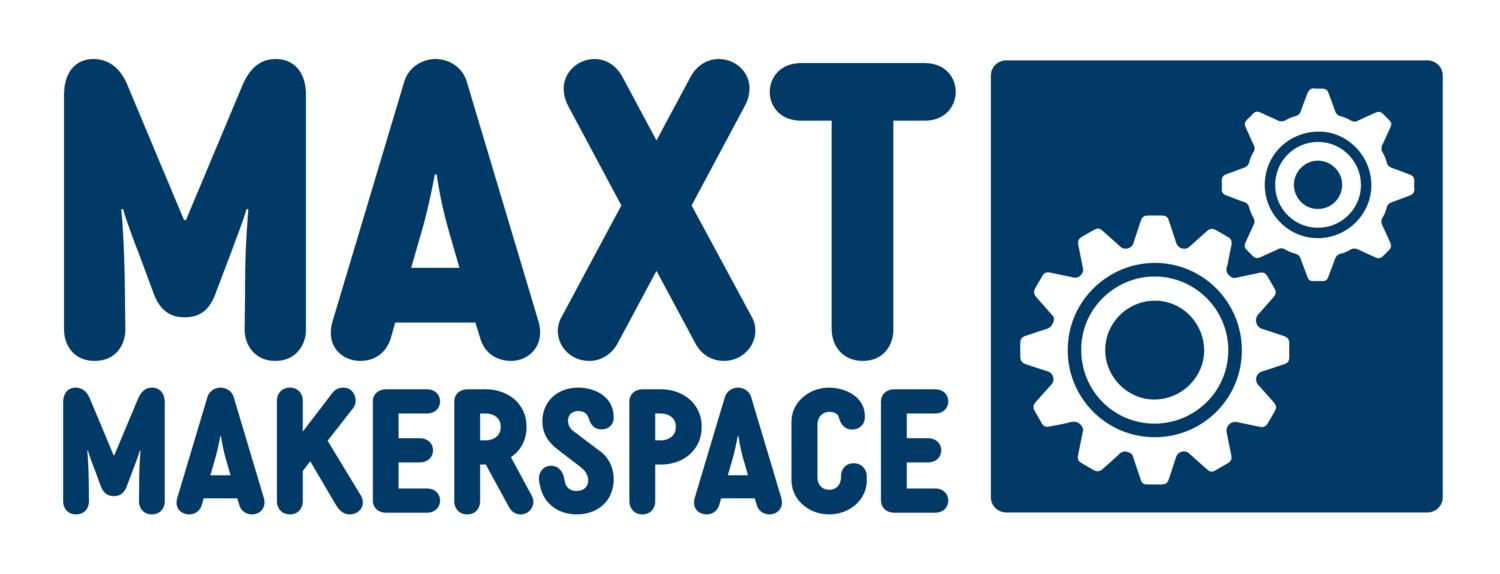Cold Climate Heat Pump Course Syllabus
Instructor Doug Waitt <dougw@designdaymech.com>
The Cold Climate Heat Pump course is a 2 week, 2-four-hour session per week class in which students will learn how to properly evaluate existing residential heating systems for conversion to cold climate heat pumps.
Class Outcomes:
Learn about the many types of heat pumps, their properties and efficiencies.
Learn to evaluate existing residential heating energy sources and delivery systems.
Learn to assess, measure and document existing residential building envelopes.
Learn to perform heating load calculations.
Learn to estimate yearly operating cost for new heat pump systems compared with existing traditional heating systems.
Learn to develop a Request for Proposal (RFP), Scope of Work (SOW) to obtain installation costs.
Learn to determine Return on Investment (ROI) for installing a new heat pump system.
Assessment:
Each student will be working with their own residence or the residence of some other willing owner. The instructor will critique after-school assignments to provide written commentary and requirements for corrections with the goal of having a correct and complete final set of documents showing the results of evaluating a proposed installation of a cold climate heat pump for the residence.
Materials:
All written materials will be provided by the instructor in a PDF format. For students who do not want to use computer drawing software, a pad of quarter inch graph paper, pencil, eraser, and straight edge will be needed.
Schedule:
Class #1 (February 11, 2025, 3-7PM) – Introduction and Heating Systems
What are different types of cold climate heat pumps and why they should be installed.
Discussion of global warming potential from emissions of different types of heating systems.
Discussion of energy efficiency of different heating systems and their current operating costs.
How to identify existing heating systems, source fuel types, including propane, natural gas, oil, wood, and electricity. How to identify existing terminal heating system types, including forced hot air, forced hot water, radiant floors, etc.
Evaluate air and water temperatures required for existing terminal heating systems.
Differences in terminal heat pump air and water heating systems versus conventional heating systems.
After Class Assignment:
Identify a residence that you will be evaluating for potential heat pump conversion.
Obtain copies of energy bills from the owner of the residence.
Students will take pictures and attempt to identify, in a typed or written format, the heating energy sources and terminal heating systems in each room of their chosen residence.
Class #2 (February 13, 2025, 3-7PM) – Heat Load Calculations
Heating load calculations for residences based on ACCA Manual J principals.
Definition of terms, R value, U value, Btu/h, air infiltration.
Heat loss calculation formulas. Discuss what constitutes a Manual J heat loss calculation.
Process for measuring residences for heat loss.
Instructor will provide drawing of a residence and show how to measure and evaluate the student’s residence for developing their heat loss calculation.
After Class Assignment:
Students will develop a scaled drawing of their residence with exterior and interior partitions. This process will be discussed during class
Students will perform their own heat loss measurements on their own residence and perform heat load calculations for presentation at the next class.
Class #3 (February 18, 2025, 3-7PM) – Presentation of Heat Loss Calculations and Operating Cost
Students will present their heat loss calculations to the class and discuss with the instructor what heat pump systems should be considered for each residence.
Class discussion on benefits of weatherization.
Students will be shown formula for assessing the operating cost for their proposed heat pump systems using Concord, NH bin data and the energy efficiency for their proposed heat pumps at the different Bin Data point outside air temperatures.
Students will be shown how to adjust their estimated operating cost calculations with existing energy bills and consider impact of weatherization improvements.
After Class Assignment:
Students will perform estimated operating cost for their proposed heat pump systems.
Students will make corrections to their calculations that are identified during class.
Students will add notes of proposed heat pump systems and proposed terminal heating systems for the residence and each room within the residence, include proposed location for thermostat(s). Thermostat locations will be discussed during this class.
Class #4 (February 20, 2025, 3-7PM) – RFP-SOW development, Installation cost and ROI calculation
Students will present their estimated operating cost for class review and make corrections that are identified.
Instructor will provide a Word document file as an example of an RFP-SOW to students for their use in developing their own RFP-SOW for their proposed heat pump installations.
The instructor will provide budget estimates for the proposed RFP-SOW based on input from a participating contractor.
Students will be shown how to calculate a simple ROI based on the estimated operating cost and installation cost.
Final Documents:
Based on the budget estimates provide by the instructor, students will calculate the ROI for their residence owners.
Students will submit a single PDF file or printed document including all previous assigned documentation.
Student Assessment:
The instructor will make himself available for individual interviews with each student
The instructor will provide a personalized written assessment for each student critiquing their performance in this class and stating whether they have successfully completed the course of study.
